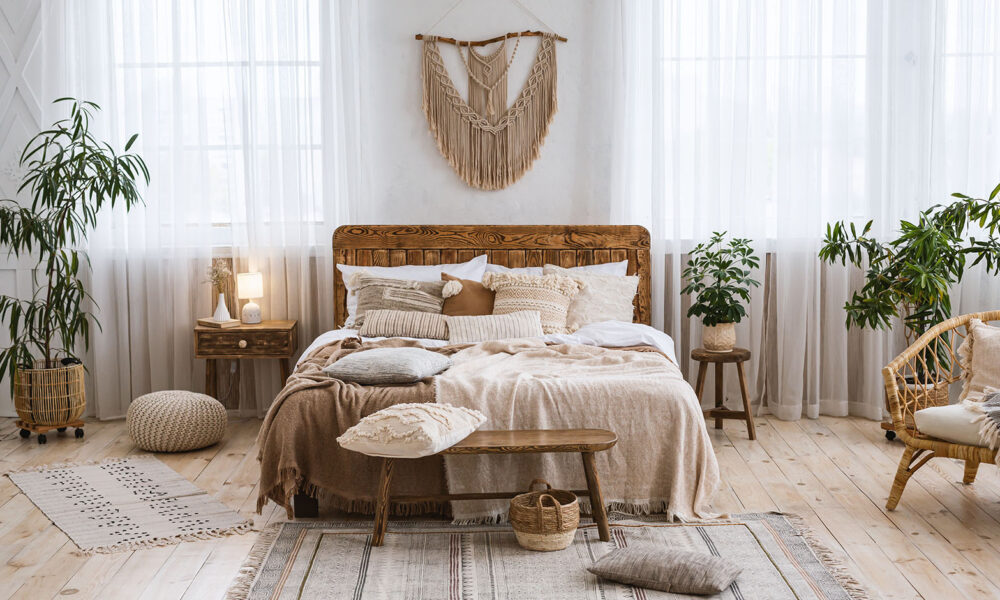Feng Shui is an ancient Chinese practice that aims to balance the energy flow or chi in a space. It is believed that by following Feng Shui principles, one can achieve a harmonious and balanced environment that promotes health, wealth, and happiness.
1. Clear the Clutter
The first and most important step in achieving a harmonious interior is to clear the clutter. Clutter blocks the flow of energy and creates a stagnant environment. Start by decluttering your space and getting rid of anything that you do not need or love.
2. Create a Commanding Position
In Feng Shui, a commanding position refers to the placement of furniture and objects in a way that allows you to see the door and have a clear view of the room. This position promotes a sense of safety and security and allows you to feel in control of your space.
3. Use the Five Elements
The five elements of Feng Shui are wood, fire, earth, metal, and water. Each element has its own unique energy that can be used to balance and harmonize a space. To incorporate the five elements into your interior, you can use colors, textures, and materials that correspond with each element.
- Wood: represents growth and vitality. Use wooden furniture and plants to incorporate this element.
- Fire: represents passion and energy. Use reds, oranges, and candles to incorporate this element.
- Earth: represents stability and grounding. Use earthy colors and textures, such as rocks and ceramics, to incorporate this element.
- Metal: represents clarity and precision. Use metallic accents and white or gray colors to incorporate this element.
- Water: represents calm and relaxation. Use blue and black colors and water features, such as fountains or aquariums, to incorporate this element.
4. Balance Yin and Yang
Yin and Yang are opposite energies that need to be balanced in order to achieve harmony. Yin represents passive, feminine energy, while Yang represents active, masculine energy. To create a balanced interior, you need to incorporate both Yin and Yang elements. For example, a room with soft lighting and curved shapes (Yin) can be balanced with a piece of bold artwork or a statement piece of furniture (Yang).
5. Pay Attention to the Bagua
The Bagua is a Feng Shui tool that divides a space into nine areas, each corresponding to a different aspect of life, such as wealth, relationships, and health. By paying attention to the Bagua, you can identify areas of your home that need attention and make adjustments to promote balance and harmony.
Incorporating Feng Shui principles into your interior design can help create a harmonious and balanced environment that promotes health, wealth, and happiness. By following the tips above, you can start to create a space that feels good and supports your well-being.

